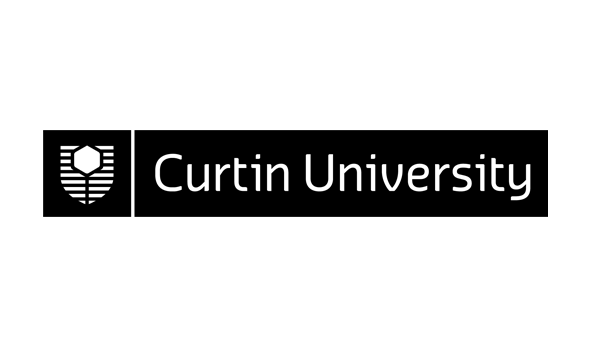312493 (v.1) Medicinal and Biological Chemistry 222
| Area: | Department of Applied Chemistry |
|---|---|
| Credits: | 25.0 |
| Contact Hours: | 6.0 |
| ** The tuition pattern below provides details of the types of classes and their duration. This is to be used as a guide only. For more precise information please check your unit outline. ** | |
| Lecture: | 2 x 1 Hours Weekly |
| Tutorial: | 1 x 1 Hours Fortnightly |
| Laboratory: | 1 x 4 Hours Weekly |
| Syllabus: | Bioorganic chemistry The chemistry of carbohydrates, amino acids and other common biomolecules. Protein and DNA structure and function, RNA and protein synthesis, General metabolism (ATP) or intracellular chemistry? An introduction to medicinal chemistry: Drugs, where they act, intermolecular forces in drug binding, drugs targeting lipid, carbohydrate, proteins and nucleic acid synthesis. pharmacokinetics. Bioinorganic chemistry Introduction to the chemistry of heavy metals in aqueous biological environment. Enzymatic reactions and Michaelis-Menten kintetics. Metalloenzymes and their role into metabolism. Metalloenzymes with a structural functionality: Zn-finger propteins. Metalloenzymes with a Lewis acid functionality: carboxypetidase. Metalloenzymes with a redox functionality: carbonic anhydrase. Fe based proteins: transport and storage of oxygen. Cellular respiration: electron transport chain. Laboratory experiments in preparative reactions illustrating techniques and reaction types. |
| ** To ensure that the most up-to-date information about unit references, texts and outcomes appears, they will be provided in your unit outline prior to commencement. ** | |
| Field of Education: | 010500 Chemical Sciences (Narrow Grouping) |
| SOLT (Online) Definitions*: | Not Categorised *Extent to which this unit or thesis utilises online information |
| Result Type: | Grade/Mark |
Availability
| Year | Location | Period | Internal | Partially Online Internal | Area External | Central External | Fully Online |
|---|---|---|---|---|---|---|---|
| 2010 | Bentley Campus | Semester 2 | Y |
Area External refers to external course/units run by the School or Department or offered by research.
Central External refers to external and online course/units run through the Curtin Bentley-based Distance Education Area
Partially Online Internal refers to some (a portion of) learning provided by interacting with or downloading pre-packaged material from the Internet but with regular and ongoing participation with a face-to-face component retained. Excludes partially online internal course/units run through the Curtin Bentley-based Distance Education Area which remain Central External
Fully Online refers to the main (larger portion of) mode of learning provided via Internet interaction (including the downloading of pre-packaged material on the Internet). Excludes online course/units run through the Curtin Bentley-based Distance Education Area which remain Central External

